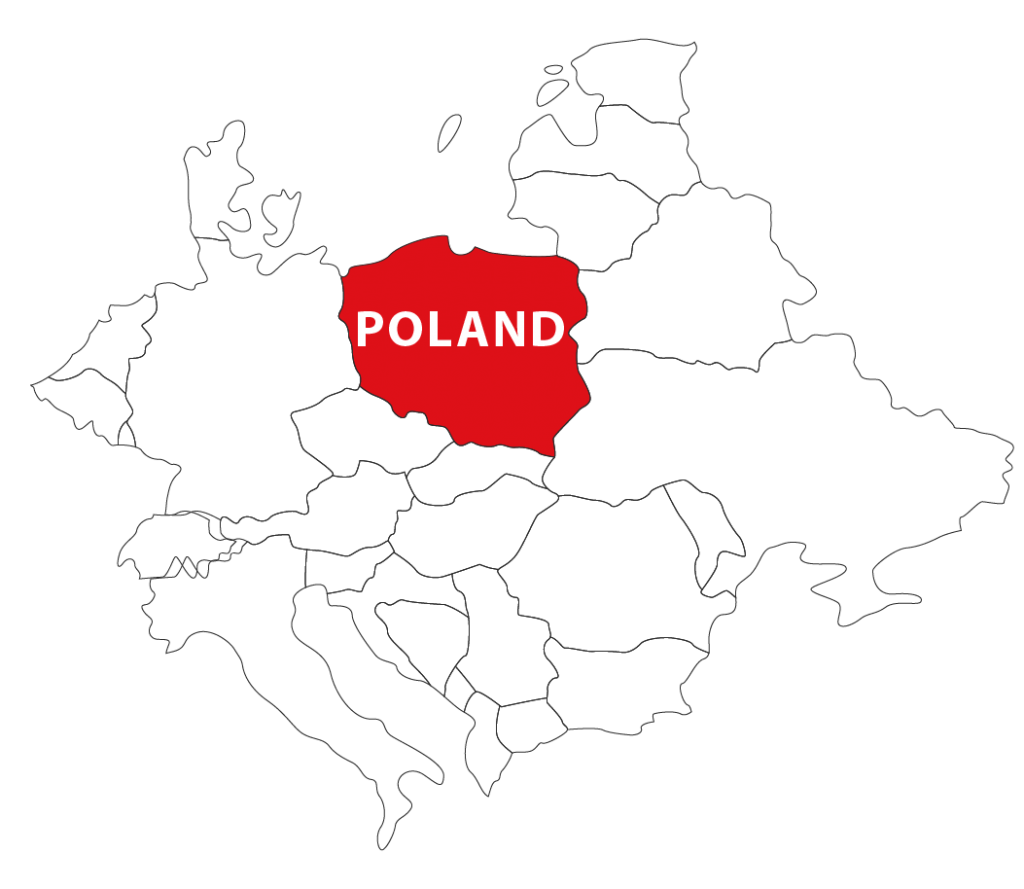Polish Translation Services

Language History
Polish is an Indo-European language deriving from the West Slavonic group. It came about in the 10th century and by 966, Poland’s adoption of Christianity introduced the Latin alphabet. Diacritics were added to certain letters to represent sounds that the western Latin alphabet did not have. These included ę and ć and ż.
Translations of Latin prayers and sermons were the first written Polish texts and it wasn’t until around 1440 when the language was officially standardised by Jakub Parkoszowic of Zurawic. Polish was then being used in legal documents and books and by the early 19th century, the first Polish dictionary was introduced. A variety of mixed dialects emerged during the occupation of Poland in WWI, and Modern Polish gained significance during WWII when the people tried to maintain separation from invaders.
There are over 50 million Polish speakers around the world. According to Wikipedia, 45 million are native, while the other 5 million use Polish as a second language.
Where is Polish Spoken?

FACT
Did you Know?
Q, V, and X are not included as they are not Polish and are generally used for foreign words only.
“Polish is one of the hardest and most complicated languages to learn. You have to remember pronunciation, phonetics and the gender system.”
4 Easy Phrases in Polish!
Population vs. Internet Penetration
Poland Population:
38,028,278
Internet Users:
29,757,099
Penetration:
78.2%
As of 2019. Source:
www.internetworldstats.com
FACT!
False Friends in Polish and English
Polish Translation Tips
• Remember! Polish noun endings depend on gender (masculine, feminine or neuter), case (nominative, genitive, dative, accusative, instrumental, locative, vocative) and number (singular or plural).
• Verbs change according to who is doing the action. Any verb that is not in the present tense is split into both perfective and imperfective and by gender.
• Masculine words end predominantly in a consonant, feminine words end in “a”, and neuter words end in “o” or “e”.
• Polish mainly uses a free-word order but the most common order is subject-verb-object.





